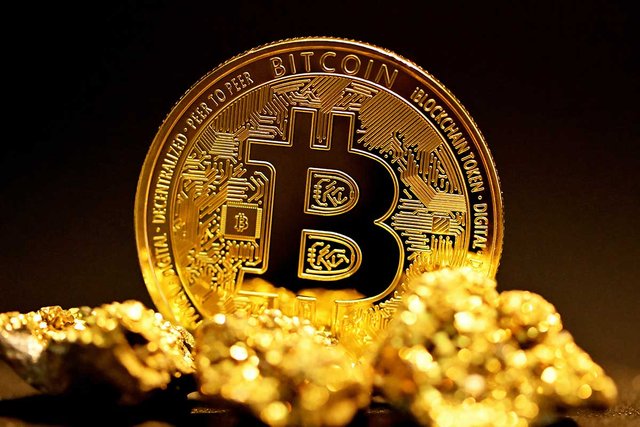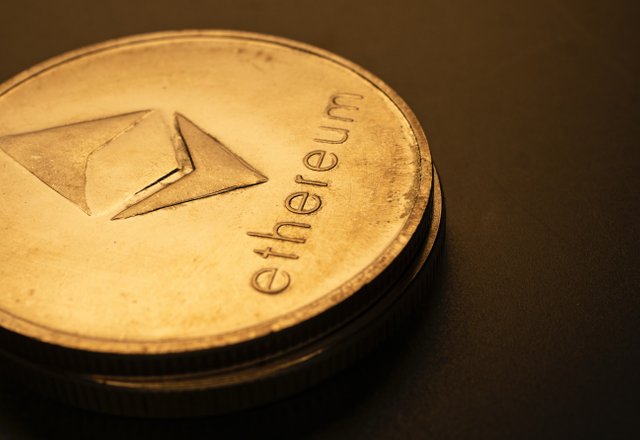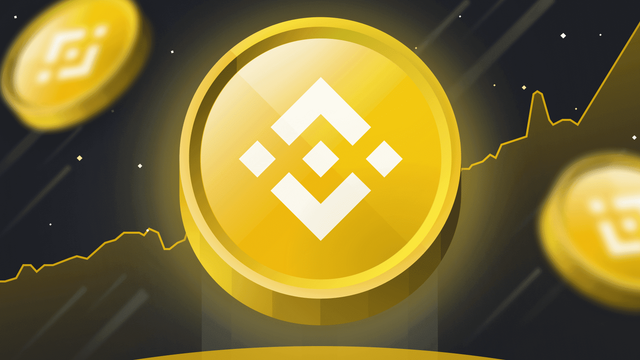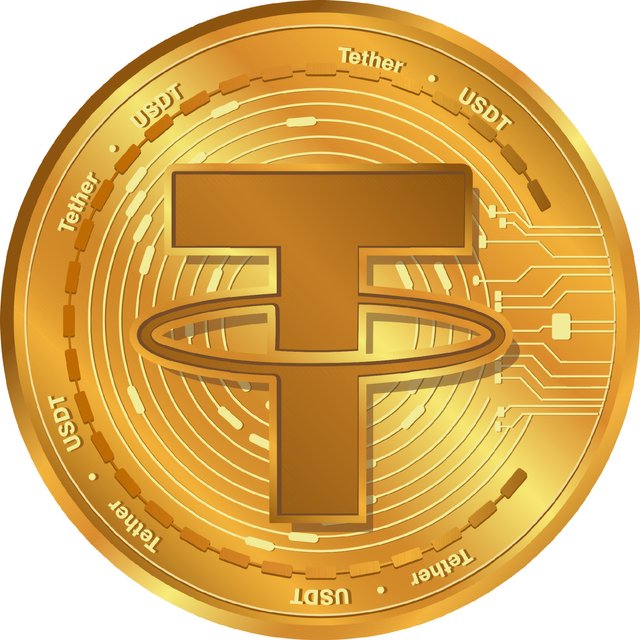(1) Bitcoin is a decentralized digital currency, also known as a cryptocurrency, that allows peer-to-peer transactions without the need for intermediaries like banks. It was created in 2009 by an anonymous person or group using the pseudonym Satoshi Nakamoto. Bitcoin transactions are recorded on a public ledger called the blockchain, which provides transparency and security for users. Bitcoin has become the most well-known and widely used cryptocurrency, and its value has experienced significant price fluctuations since its creation

(2) Ethereum is a decentralized, open-source blockchain platform that enables the creation of smart contracts and decentralized applications (dApps). It was founded in 2014 by Vitalik Buterin, a programmer and researcher in the field of cryptocurrency. Ethereum operates on its own blockchain and has its own cryptocurrency, Ether (ETH), which is used to pay for transactions and computational services on the network.
Ethereum aims to be more than just a digital currency and provides a programmable platform for decentralized applications. This allows developers to build and deploy their own decentralized applications on top of the Ethereum blockchain. The Ethereum network has been designed to be more flexible and adaptable than the Bitcoin blockchain, and it has become a popular platform for decentralized finance (DeFi) applications, non-fungible tokens (NFTs), and other decentralized use cases.

(3) Binance is a cryptocurrency exchange that was founded in 2017 by Changpeng Zhao. It is headquartered in Malta and has quickly become one of the largest cryptocurrency exchanges in the world by trading volume. Binance offers a platform for users to trade a variety of cryptocurrencies, including Bitcoin and Ethereum, as well as many other altcoins.
In addition to its cryptocurrency trading services, Binance has also launched several other products and services, including a decentralized exchange (Binance DEX), a platform for initial coin offerings (Binance Launchpad), and a cryptocurrency lending platform (Binance Lending). The company has also created its own cryptocurrency, Binance Coin (BNB), which is used to pay for fees on the Binance platform and can also be traded on the exchange.
Binance is known for its user-friendly interface, low fees, and strong security measures, and it has become a popular choice for both retail and institutional cryptocurrency traders.

(4) Tether (USDT) is a stablecoin, a type of cryptocurrency that is pegged to the value of a specific asset, typically a fiat currency like the US dollar. The goal of Tether is to provide a stable and secure digital alternative to traditional fiat currencies that can be used for transactions and as a store of value.
Tether is designed to maintain a stable value, with each USDT token issued being backed by a corresponding US dollar held in reserve. This means that the value of Tether is intended to remain stable, even as the value of other cryptocurrencies fluctuates. This stability makes Tether a popular choice for cryptocurrency traders who need to quickly move funds between different cryptocurrencies or fiat currencies, as well as for individuals who want to hold a stable store of value within the cryptocurrency space.
Tether is issued and managed by Tether Limited, a company based in the British Virgin Islands, and it operates on several blockchain platforms, including the Bitcoin and Ethereum blockchains. Despite its stability, Tether has faced controversy and criticism in the past, including questions about its solvency and the transparency of its operations.

(5) Cardano is a decentralized, open-source blockchain platform and cryptocurrency that was founded in 2015 by IOHK (Input Output Hong Kong). It was built using a proof-of-stake consensus algorithm, which is intended to be more energy-efficient and secure than the proof-of-work algorithms used by other cryptocurrencies, such as Bitcoin.
Cardano is designed to support the development of decentralized applications and smart contracts, similar to Ethereum. It also has its own cryptocurrency, Ada (ADA), which can be used for transactions on the Cardano network. One of the main goals of the Cardano project is to create a more sustainable and scalable blockchain platform that can support a wide range of use cases, including financial applications, digital identity, and decentralized data management.
In addition to its technical features, Cardano is also focused on improving accessibility and inclusiveness within the cryptocurrency space. The Cardano project has a strong emphasis on research and development, and its developers have worked to create a platform that is built on a solid foundation of academic and scientific research. Cardano has also been praised for its governance model, which is designed to be more democratic and transparent than other blockchain projects.
